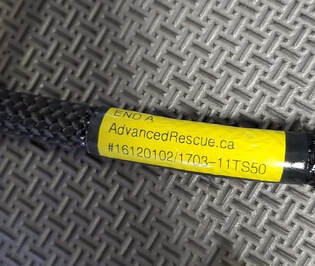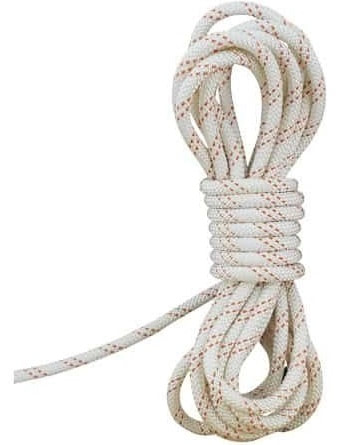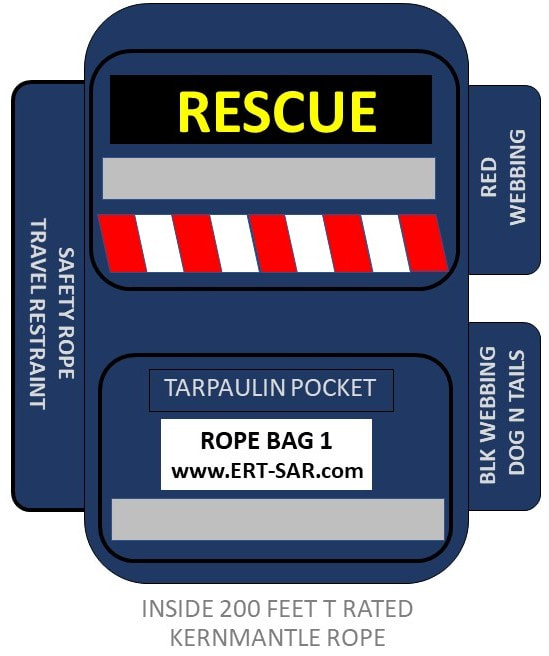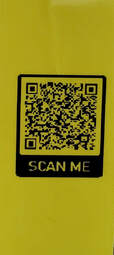During rope courses we will often show Operators and Technicians how to untangle rope (did you know you can 'push' and twist rope?!)
We also get them to work with T and G rated ropes of different thickness and teach how to organise the rope too. It's an important part of familiarisation and learning as well as common best practise for operations. (For example when you get a stiff bit of G rated rope and you have to know how to join it with another piece or perhaps when you are organising ropes and re-packing it after use.)
We also get them to work with T and G rated ropes of different thickness and teach how to organise the rope too. It's an important part of familiarisation and learning as well as common best practise for operations. (For example when you get a stiff bit of G rated rope and you have to know how to join it with another piece or perhaps when you are organising ropes and re-packing it after use.)
Rope Care & Standards
|
Whether you are the department training officer or an assigned rope technician, there are many practises which can ensure that you look after the life safety rope under your care.
By doing so will not only avoid safety issues and ensure you and everyone else is looked after but you will also ensure the longevity of the life safety equipment you are using. From ensuring that you use 'edge protection' on areas of high friction to making sure that you are not storing rope on open concrete floors or near a generator with fume / vapours; there are many ways to look after and care for the life safety equipment you are using. You will also need to log the use of your rope too. HERE'S AN EXAMPLE FROM CMC RESCUE DOWNLOAD LINK HERE (Remember to change end use too!) |
So, here were we will talk about a couple of rope and equipment standards. One of the recent developments in that regard is the NFPA standards on ropes and life safety equipment.
NFPA STANDARDS
The NFPA are known for their standards and they have a highly regarded system.
To ensure that rope performs reliably, you could use the 2018 edition of NFPA 1858: Standard on Selection, Care, and Maintenance of Life Safety Rope and Equipment for Emergency Services which establishes inspection requirements for life safety rope.
You could also ensure that you are compliant with the 2017 edition of NFPA 1983: Standard for Life Safety Rope and Equipment for Emergency Services.
And remember at all times to follow the manufacturer’s specific instructions regarding the care and use of their equipment. They will often also have great information on not only breaking strengths and operational usage but other things like how to clean and maintain their ropes.
NFPA STANDARDS
The NFPA are known for their standards and they have a highly regarded system.
To ensure that rope performs reliably, you could use the 2018 edition of NFPA 1858: Standard on Selection, Care, and Maintenance of Life Safety Rope and Equipment for Emergency Services which establishes inspection requirements for life safety rope.
You could also ensure that you are compliant with the 2017 edition of NFPA 1983: Standard for Life Safety Rope and Equipment for Emergency Services.
And remember at all times to follow the manufacturer’s specific instructions regarding the care and use of their equipment. They will often also have great information on not only breaking strengths and operational usage but other things like how to clean and maintain their ropes.
Labelling Bags and Rope
Operationally speaking, it's important to make this quick and organised so that when Rescuers who may have to share kit, it is organised to be simple and straightforward and even obvious. Gear bags should be organised and clean at the start of a mission or call out and put back in exactly the same way or better upon completion of use which any notes on changes, added to the equipment log. (The bag example to the right is from The Emergency Response Team Search and Rescue or ERT SAR).
|
There are many ways to 'label' your rope. This is one of our main ways.
THIS IS THE FULL NUMBER: #16120102/1703 - 11TS50 WHAT IT MEANS Manufactured Date (Best Known) 1st December 2016. Rope Number 2 of that date. Put into service in March 2017. 11 mm T rated Static Line (AKA Low Stretch Kernmantle. We use the 'old' terms as they are logged in the computers but it is understood what the old and new terms and letters represent.) The number after indicates length of rope in feet (50 feet.) END A on one end and END B on other so you can rotate ends and use. |
Example of one of the Rope Rescue Primary Gear Bags from The Emergency Response Team Search and Rescue (www.ERT-SAR.com)
|
|
HOW WE ORGANISED IT
Labelling can be done many ways. This is one of ours for labelling our "Operational Ropes" which we got from www.ERT-SAR.com |

|
|
HAVE A SYSTEM
Obviously you may use your own system and change feet to metres or S to Low Stretch etc. You might just wrap duct tape on the end and use a permanent marker and use transparent sticky tape to protect it? Or you might use a label maker with "waterproof outdoor adhesive" or whatever. But unless you personally 'know' all your ropes and are never having them used when you are not there, you need a formal log system and probably should have one anyway. So the point is that if you are a Rescue Organisation with shared duties you have an organised system or marking, logging and recording followed by maintenance and cleaning and eventually end of life or damage / safety retirement of your gear. |
Marking and Labelling Rope ends by CMC Rescue
There are many videos on how this is done. Here's a great little one from the guys at CMC Rescue!
Hope this helps you access more information on Selection Care and Maintenance Standards from NFPA and how to mark or label your rope for operational use!
Inspecting Other Rescue Gear
We also routinely inspect our 'hardware' such as carabiners, pulleys, rope grabs, descender, etc. etc and recommend you do this as an SOG / SOP within your Rescue Organisations. If you want and external organisation to come in and do this, we would be happy to review your gear with you. But either way, just like rope, the 'hardware' has a set life span for it's safe use and should be retired after damage, non safe function, wear and tear beyond safe use, time, etc.
If you want us to come in and help your training department with any of this feel free to reach out: Office@advancedrescue.ca
If you want us to come in and help your training department with any of this feel free to reach out: Office@advancedrescue.ca


